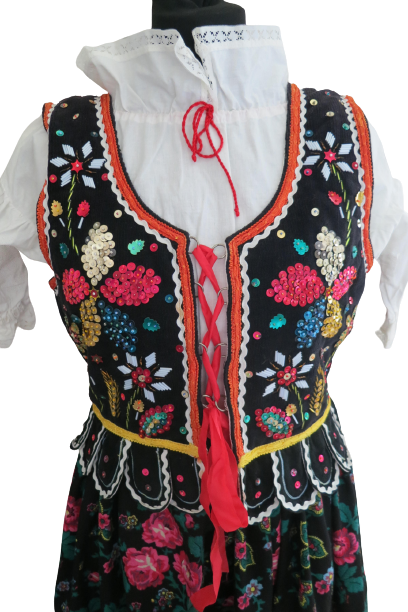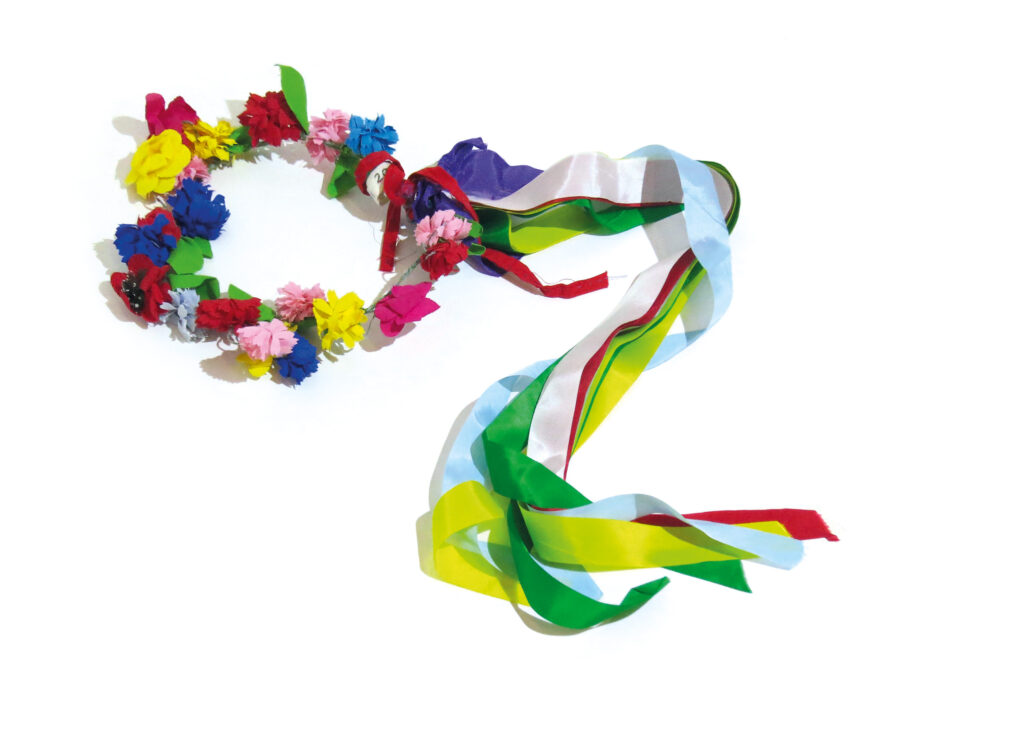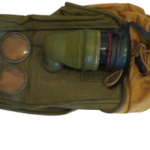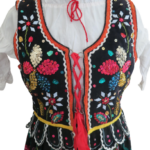
Remembering ‘Little Poland’
- by charlottee
- in Museum
- posted May 31, 2024

A vibrant Polish costume on display in the museum illustrates the town’s connection with the Polish community.
By Charlotte Edwards
During the Second World War the American armed forces had a military hospital, formed from a series of huts, at Ilford in Stover.
When the war ended, Churchill promised to create homes for all Polish soldiers and their families who had fought alongside the Allies. Accordingly, in 1948 Ilford Park was adapted to house up to 1,000 of these ‘displaced persons’. It became affectionately known as ‘Little Poland’ and many Polish families lived, worked and went to school there.
Gradually, as the population aged, the site evolved from a resettlement camp into a residential home for the elderly. In 1992, most of the huts were demolished and a more suitable permanent building became home to the remaining 100 residents.
Properly explaining traditional Polish costume would take far more space than we have available here as the garments and style vary widely by region, Poland’s landscape is beautiful and varied and this is reflected in their national dress. Elements that were common across regions (for female costumes) include a long skirt, a blouse with a jacket of some sort over the top, coral necklaces and some form of headdress. All types of Polish folk costume feature a lot of intricate hand embroidery in bright colours. Traditional costume is based somewhat on the everyday clothing of medieval peasants but there was a huge boom in Polish folk dress is the mid 19th century. The traditional costume of Poland is called in Polish “stroje ludowe”.
Although different areas have vastly different outfits, the type of costume most commonly thought of as typifying national dress comes from the area surrounding Krakow, Poland’s second largest city. Our example most closely resembles this Krakow style and features a blouse with red embroidery, a long richly embroidered skirt, a decorative waistcoat and a floral headdress: all typical elements of costume from this area. The floral headdress would have been worn by an unmarried girl (married women wore their hair covered) and was given to the Museum in 2003 for an exhibition celebrating Polish culture.

Although inspired by the everyday clothing worn in the past, these outfits are now worn only on special occasions.




